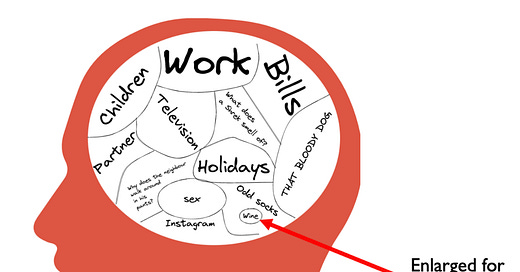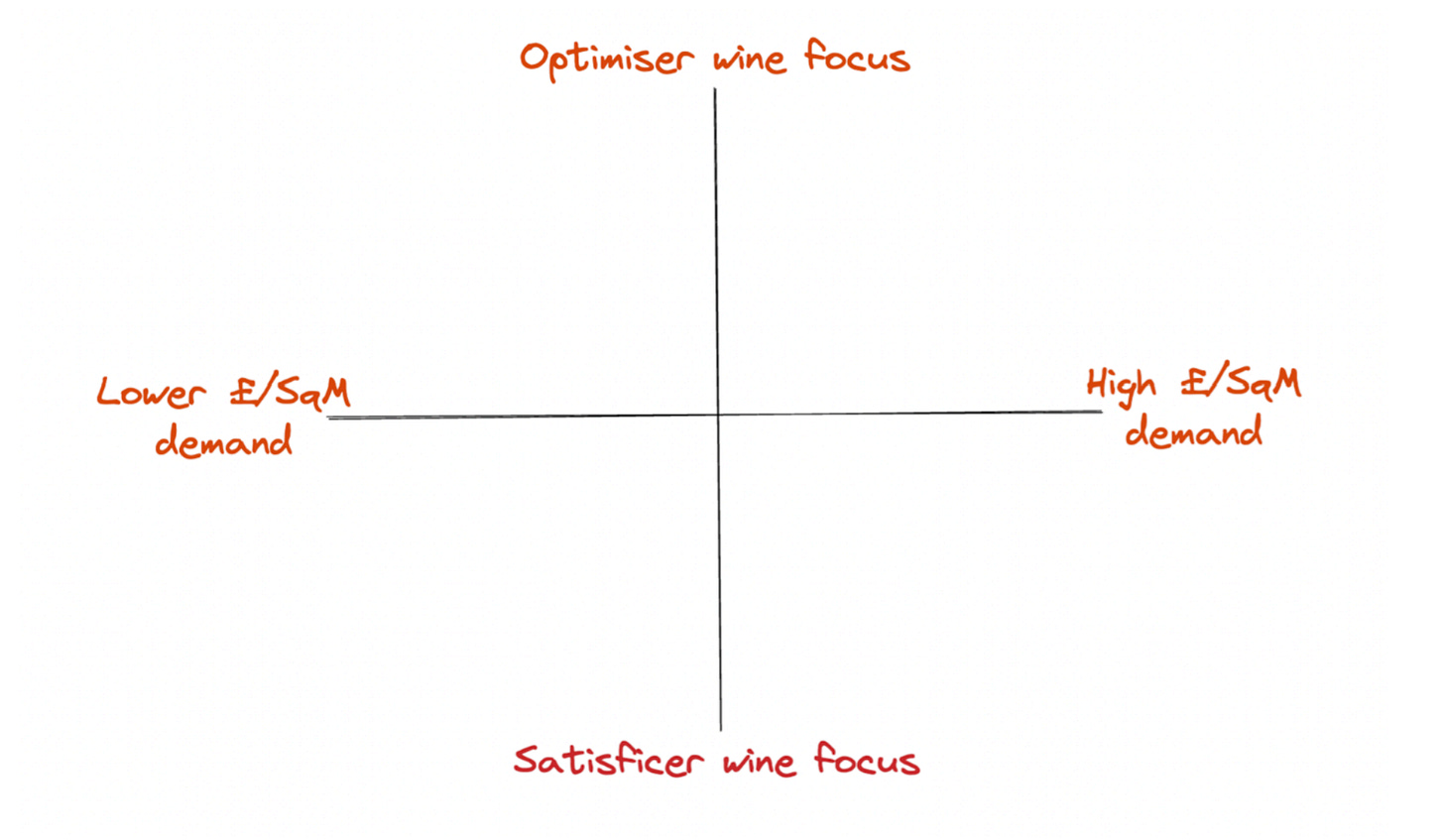Should wine companies even have target markets?
It's not always clear. This session of The Wine Marketing Masterclass helps you choose.
Every Wednesday we have The Wine Marketing Masterclass. All previous sessions are in the (paywalled) archive and most new sessions are for paid subscribers.
Remember, this is a COMPLETE MBA course in wine marketing. For just $10 a month. (A full wine MBA costs up to €30,000) you’ll discover sell more wine, more profitably, to more people. And to catch you up we’ve already covered a LOT.
In Market Orientation we looked at…
What Google image searches get wrong about wine lovers, Do you need a trust fund to enjoy wine?, The wine drinker is not a “consumer”… she’s your mum, The “very rare trait” that makes you successful
In Market Research we looked at…
Why wine drinkers lie to you, Even more on the dangers of relying on statistics, In wine it pays to ask weird questions
And in Segmentation we’ve looked at…
If Gen Z is the new “millennials, Why for two days a month we’re all millionaires, And why wine customers are like oranges., The Curious Tale of the Chablis Shagger
And now we’re in Targeting, and we’ve already looked at…
Why I like celebrity wines, How two men and a donkey created a Rioja powerhouse,
And today…
Should wine companies even have a target market?
A few months ago I was asked by a group of students in Australia about strategies for approaching the UK retail market.
I suggested we went through this systematically. Using a targeted approach.
First, we did a bit of mapping. The central, vertical axis describes whether the retailer is focused on Optimiser wine drinkers – towards at the top – who are those looking for the "best" wine; or Satisficer wine drinkers at the bottom – those who are looking for something that's maybe not perfect, but “guaranteed to be acceptable”.
Then on the horizontal axis we have the demand for floor space in the stores. To the left is a lower demand for floor and shelf space. And to the right there is a higher demand.
We then charted some retailers and types of retail.
Independent merchants are at the top. They are an optimiser's dream. That's where you go for the "best" wine choice. And they can be in regional and market towns where the cost of floor space is often lower.
At the bottom are the multiple retailers. Supermarkets. They offer wines that are reassuringly acceptable. If not thrilling. But often in high-value, city centre locations with high demand on floorspace. Every wine has to earn its place consistently.
And there are outliers. Like Hedonism, London's swankiest wine shop at the top. Or local convenience stores to the bottom left. And then the premium multiple retailers in the middle who have won plaudits for their wine offers.
And you can see a trend line emerging. This helps you assess where on that trend line you want to target your efforts. And how you can help find the tactics that will help you succeed in that segment.
So let’s look at an example of someone who did take this sort of strategic approach to building wine sales in the UK.
Keep reading with a 7-day free trial
Subscribe to Joe Fattorini's Substack to keep reading this post and get 7 days of free access to the full post archives.







